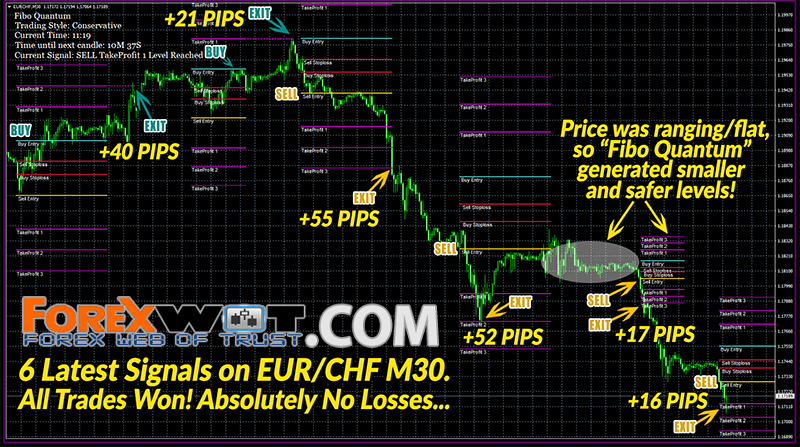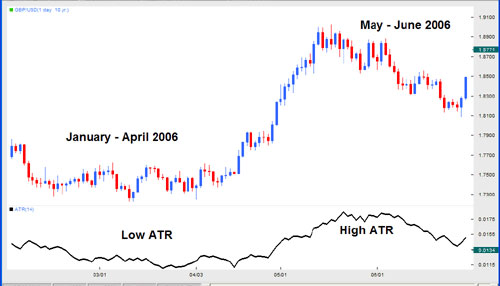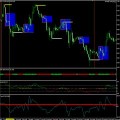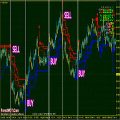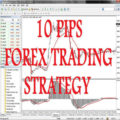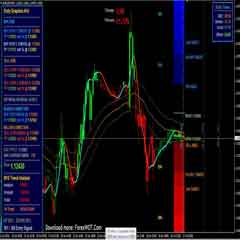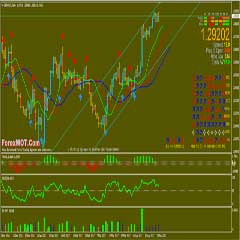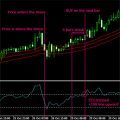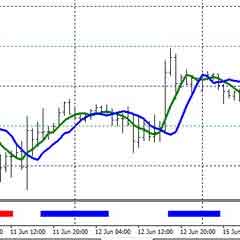8 BEST Tips and Tricks for Successful Forex Trading – It is a long and hard way to become a successful trader. There are so many things that you have to observe and so many good advice from professional traders, in books and in seminars.

But which bits of advice are really good?…
We developed EIGHT GOLDEN RULES which can help you on your way to a professional and successful trader.
Extreme big losses occur when the trader FALLS IN LOVE WITH A MARKET DIRECTION.
He is 100% sure that his estimation is the right one.
Ex., When he executes a BUY EUR/USD order and the pair falls, he averages down his position.
He is indeed convinced that the EUR/USD is going to rise and considers the decline a chance to BUY even cheaper.
Nearly all the trading indicators show a HIT RATE of 50%. They are therefore sometimes wrong and sometimes right.
There is hardly any indicators and forex trading systems with a better hit rate.
Why should you be 100% right with your forecast?…
Trading is by far, more successful when you know that YOU KNOW NOTHING.
You had better make an ASSUMPTION.
You assume for instance that the market will not fall again below its previous low.
This assumption already gives you an answer about when you are wrong.
You are wrong when the prices below your ASSUMPTION.
Your stop loss is accordingly placed at this level. Taking into account the stop price, you can define the POSITION SIZE.

(Read: Highly Effective Forex Risk Management And Position Sizing Strategy)
As you know that you know nothing and that your forecast is only an assumption, you will exit the position in case you are proven wrong.
You already knew that you only had a 50% winning chance.
You won’t become a millionaire just because you realized that your forecast was not infallible, but you will
avoid many heavy losses.
….and you will make money despite the hit rate of around 50%.
It is unbelievable what COMPLICATED METHODS some traders use.
Some traders employ ten or more indicators to get an entry signal. In doing so, they forget that most of the
indicators only have a hit rate of 50%.
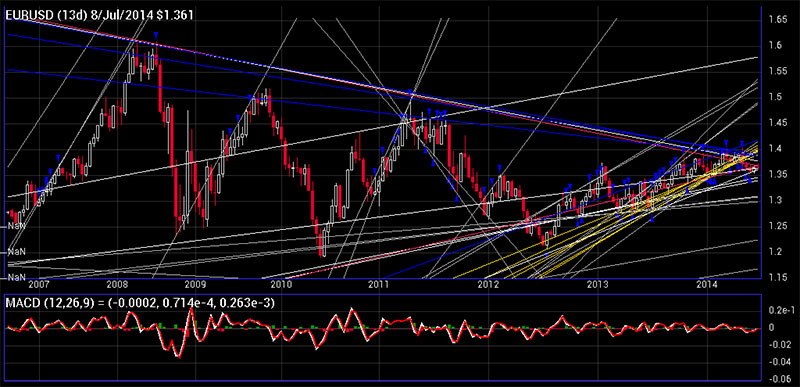
Combining several indicators do not improve the statistics.
Some of you may now say: “no, no, I know indicators with a higher hit rate.”
Please, DO NOT BELIEVE THT….!!!!!
Imagine you would toss a coin.
If you do that endlessly, the share between heads and tails will be a well balanced 50/50.
But… There will be times when the tails remain ahead for several months or vice versa.
It is, therefore, possible that you get tails 10 times in a row, then heads twice and then tails again 10 times.
This could lead you to the conviction that you have an indicator with a high winning rate.
On a LONG-TERM BASIS, however, the hit rate will level out at 50%.
In order yet to make money you must gain more in the periods of higher hit rates than you lose in the periods of
lower hit rates.
Let’s continue with the risk.
As already mentioned, the average winning chance is around 50%.
We have no influence on this figure.
We cannot determine in which direction the market or the stock is going to move.
The only thing we can predetermine is the risk we are ready to take.
You should, therefore, decide on your allowable loss (SHOULD THE STOP LOSS BE ACTIVATED) before deciding to trade.
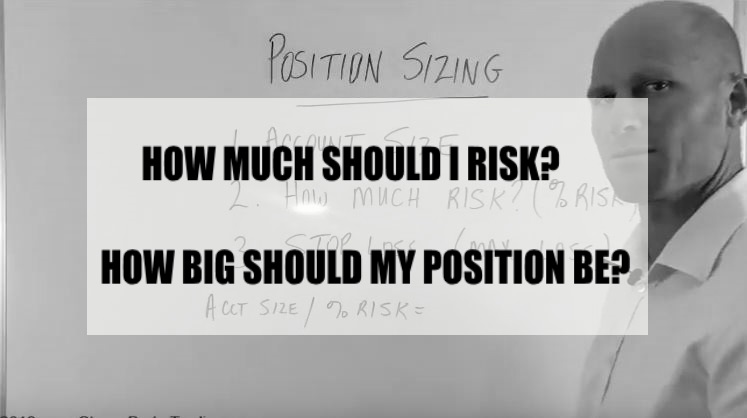
In practice, percentages between 1% and 3% have stood the test of time. These values refer to the total
available trading capital.
(Read: Highly Effective Forex RISK MANAGEMENT And POSITION SIZING Strategy)
Say there is USD 10,000 on your account.
You decided that your allowable loss per trade should amount to maximum 1 %.
If everything goes wrong you would allow a loss of only USD 100.
Now you just need to define the POSITION SIZE in order to prevent higher losses at the stop loss level.
If you need to place your stop 200 pips away to give your trade the best shot at working out, then you simply reduce your Position Size down to meet this Stop Loss size.
Here’s the formula:
- Position size = Amount you’re risking / Stop Loss pip
So…
The amount you’re risking = 1% of $10,000 = $100
Stop Loss pips = 200 pips
Plug and play the numbers into the formula and you get:
Position Size = 100 / 200 Pips
Position Size = 0.5 lot
So if you were trading 1$ a pip before, now you will trade .50 cents a pip, .50 x 200 = $100.
It really is as simple as that.
From now on you just need to gain more money in the cases where you are right than in the ones where you were wrong.
More on that under point 6.
Take the volatility of the market into account.
The Stop Loss prices are usually determined without considering the volatility.
As a result, even small fluctuations in the opposite direction leading to a loss. Afterwards, the market resumes it’s movement in the previously forecasted direction.
Do not let yourself get ejected from the market by “NORMAL MARKET NOISE“.
With volatility, I mean the average bandwidth of a price. The bandwidth is the difference between the highest
and the lowest price of the day.
There is also an MT4 indicator that shows this value.
It is the ATR (Average True Range).
ATR is a measure of VOLATILITY over a specified period of time.
Read:
- Forex Momentum Volatility Trading with ATR Level Stop and RSI
- ATR Ratio Forex Trading System Combines With Cycle Indicator and Trendline
- CCI ATR Forex Trend Follower Trading System Designed For Longer Time Frames
- A Complete Forex Trading Guide: How to Use ATR Trend Follower Forex Trading System
For example,
- For the first four months of 2006, the GBP/USD average daily range was around 110 to 140 pips.
A day trader may want to use a 10% ATR stop – meaning that the stop is placed 10% x ATR pips from the entry price.
In this instance, the stop would be anywhere from 11 to 14 pips from your entry price.
A swing trader might use 100% or 300% of ATR as a stop.
- In May and June of 2006, daily ATR was anywhere from 150 to 180 pips.
As such, the day trader with the 10% stop would have stopped from the entry of 15 to 18 pips while the swing trader with 150% stops would have stops of 225 to 270 pips from entry.
It only makes sense that a trader account for the volatility with wider stops.
How many times have you been stopped out in a volatile market, only to see the market reverse?
Getting stopped out is part of trading.
It will happen, but there is nothing worse than getting stopped out by random noise, only to see the market move in the direction that you had originally predicted.
Nearly all traders place Stop Losses.
They know accordingly when they wish to exit their position in the case of a loss.
However, the minority of them determine how they exit a profitable position.
The problems begin just after they jump to the market. You have bought and placed a stop.
Well then?….
Your position is now profitable.
Should you exit the position, increase it or simply adapt your stop loss?…
If you have not determined that before, uncertainty arises directly after you enter a position.

An integral trading system should answer the following questions:
- When do I enter the position (entry signal)?
- With which position size?
- Where do I place the stop?
- How do I exit a profitable position.?
We have already discussed the entry. Simply take an indicator you like. Nearly all of them have a hit rate of 50%.
The size of the position and the stop have already been dealt with.
Let’s come to the exit.
In order to make more profit on winning trades than losses on losing trades, we have to LET PROFITS RUN.
I know you can not hear or read that any longer.
Everyone says this but concrete examples are frequently missing.
When you let profits run you have no predetermined exit target, therefore, you remain invested until your stop is activated.
Letting profits run isn’t really a trading strategy until an actual exit method is implemented.
How long do you let it run for?…
How do you know when it is no longer “running”?…
The easiest way to answer these questions is with a TRAILING STOP.
A trailing stop is implemented in a number of ways.
- One way is to set a stop loss, and set the order as a trailing stop.
This is a “hands-off approach”, the stop loss will move on its own with the price, not requiring you to manually move the stop.
If a trailing stop is set to 100 pips (can be any amount) below or above the entry price.
The trailing stop will always be 100 pips above the highest price point reached (BUY Position) or below the lowest price point reached (SELL Position).
Once the price moves 100 pips from the highest/lowest point the Trailing Stop will exit the trade for you.
- Another approach is to use an indicator, such as ATR (Average True Range).
Since these indicators move with the price, but trail behind, they can act as a trailing stop.
If you’re BUY, the trade is held until the price drops below the indicator; when this occurs, exit the trade.
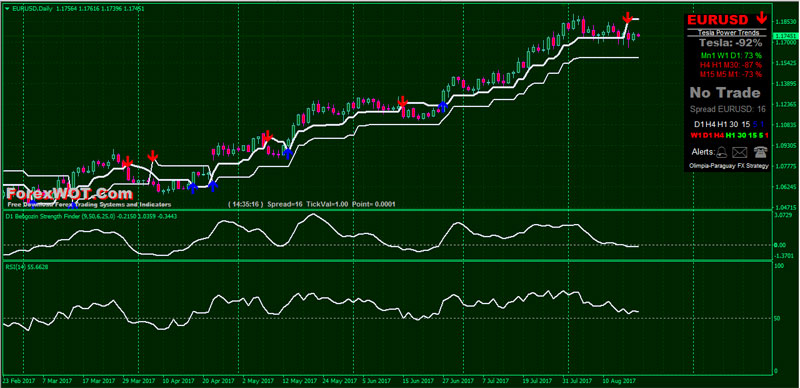
This “TRAILING STOP” approach tends to work well in strongly trending markets, but poorly in sideways markets.
With this strategy, you will in many cases win several times what you may lose on losing trades.
Please note as well, that you need a trend.
No trend, NO GAIN.
When the market does not move you cannot win anything. Trendless periods are therefore not winning periods.
And believe me, there are a lot of trendless periods.
Therefore you need endurance and patience.
Everyone has to find their own strategy, tailored to their personality.
Those who are rather impatient should avoid strategies which bring results only after some months.
They will unconsciously change their strategy and enter or prematurely increase a position.
How can you find out which strategy fits you most?….
You will find the answer under point 8.
Meanwhile, there are many possibilities to trade virtually without risking your own money.
Several platforms can be found on the Internet at which you can trade a virtual (demo) account with real prices.
I can only recommend that every rookie spend some months training with such a platform before investing real money.
Beware however of the fact that with virtual trading you lose touch with real money.
You would probably trade differently if your own money were at risk.
You won’t achieve a long-term hit rate above 50%.
Make more money in the winning periods than losses in the losing ones.
Perform active Risk Management and Let Your Profits Run.
Look for your Personal Trading System and implement it profitably in the markets.

